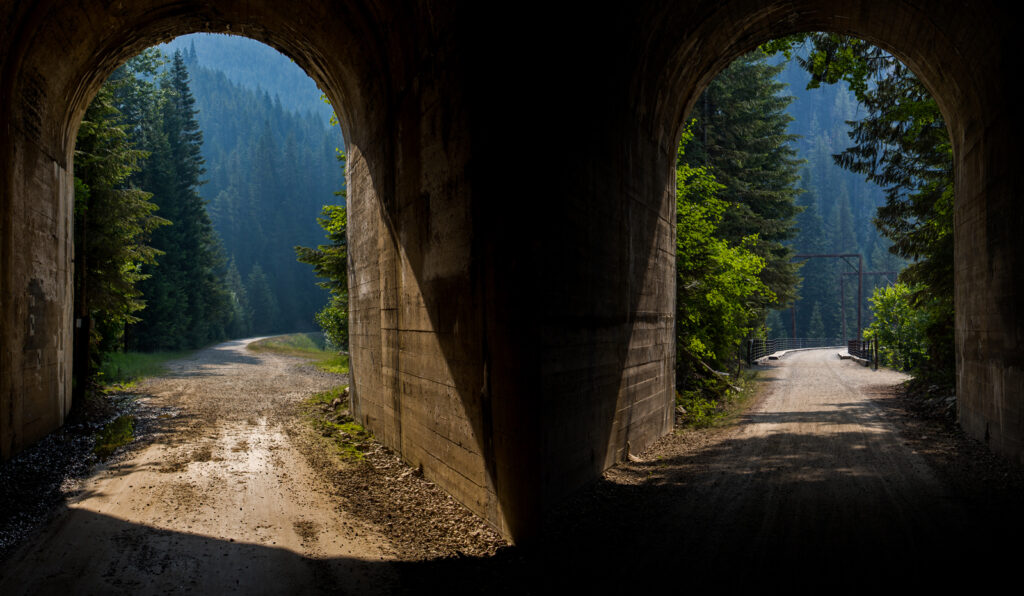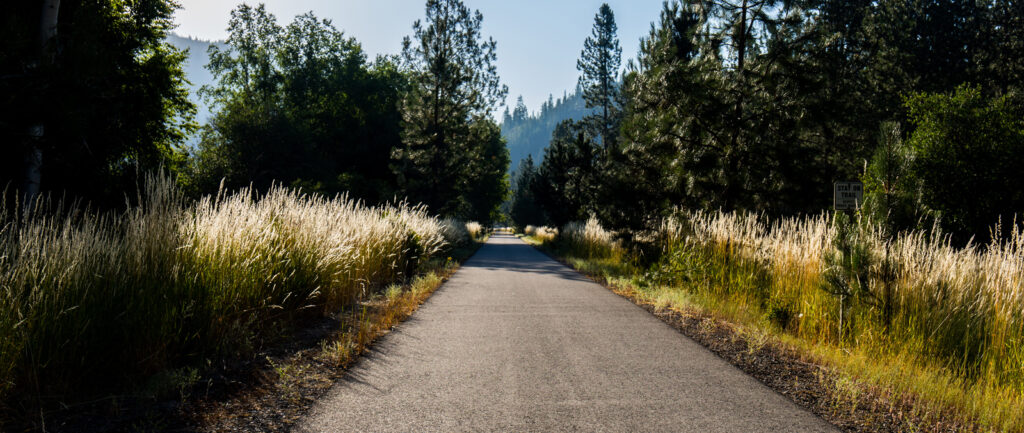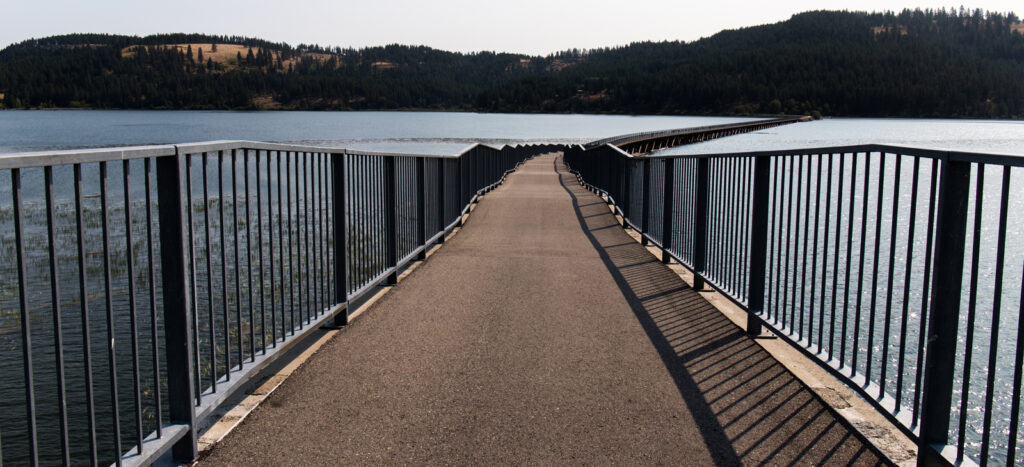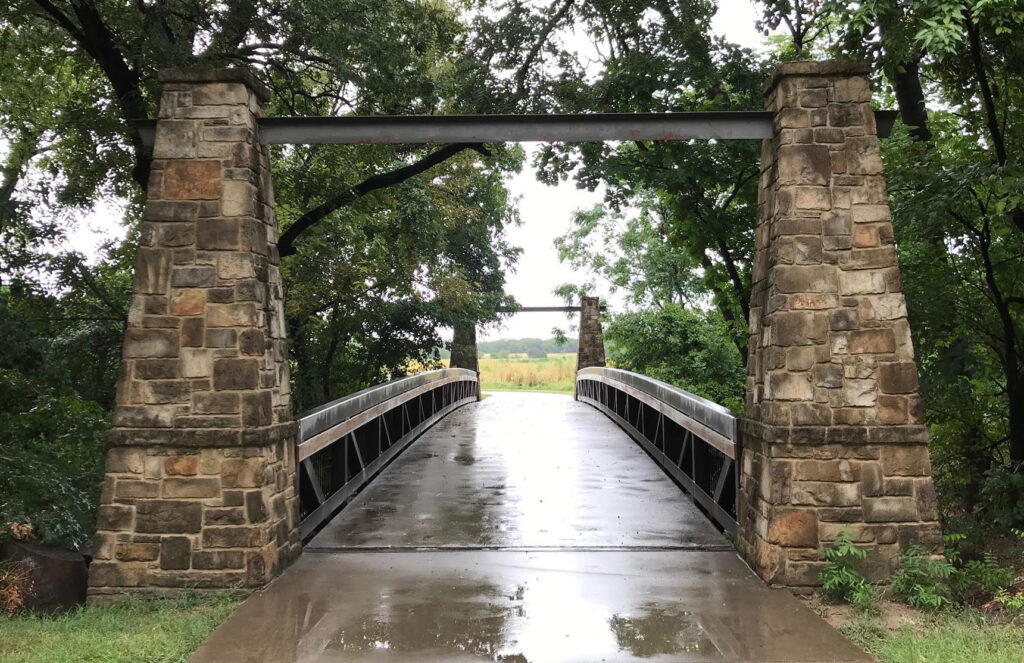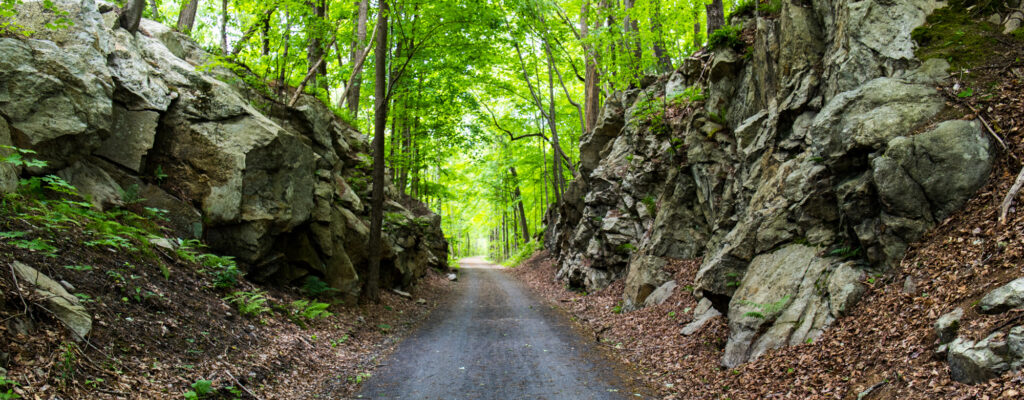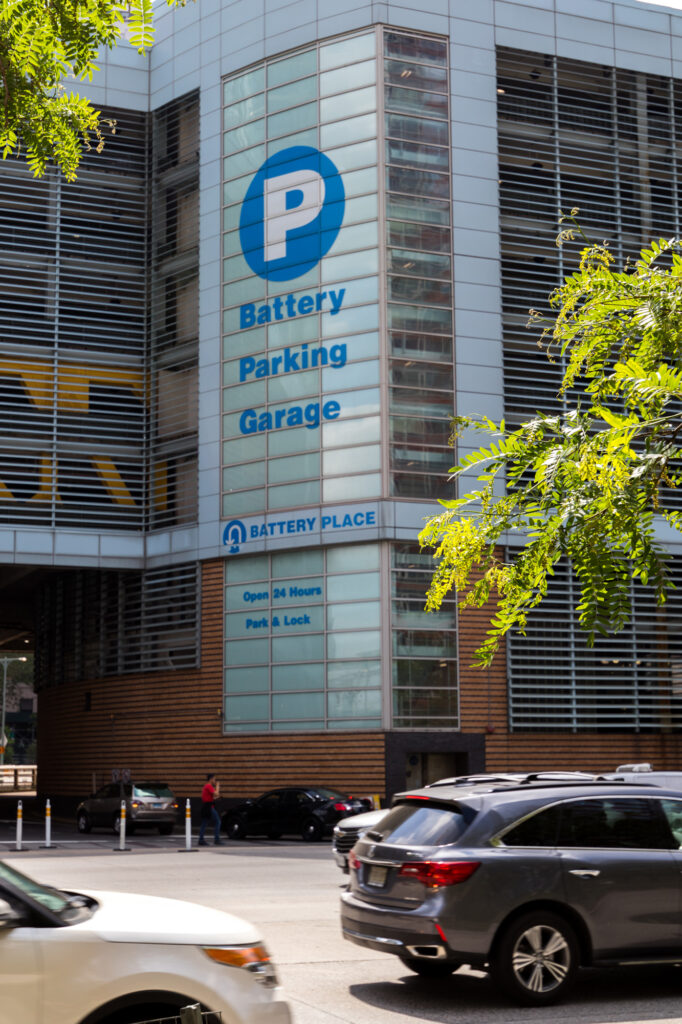
Way up north in the Province of Alberta, Canada is a bike ride that lives in the annals of legendary rides not to be missed during one’s lifetime. As it is with too many myths, the reality often fails to come close to the fable. The Bow Valley Parkway is the exception in this pattern of fairy-tale deception. It is without qualification, the best bike ride I have ever taken.
During a three year pilot program starting in 2022 and continuing through 2024, Parks Canada is restricting vehicular traffic during the spring and fall along the 17km (10.5 miles) eastern section of the Bow Valley Parkway. The dates this year are May 1 through June 25, 2023 and September 1 through September 30, 2023. So should you find yourself on the parkway during those periods, you will have the entire road in both directions all to yourself and any other non-motorized traffic traveling along that route.


Parks Canada recommends beginning your trek in Banff by parking your vehicle at the Banff Train Station which is not only free but also plentiful. If you arrive early enough as I did, don’t be surprised by the native deer wandering through the parking lot after a long night of deer related activities.

The ride begins at the train station and follows a well marked route along a paved road past Vermillion Lakes to the Banff Legacy Trail.


Some rides along roads that lead to bike trails are less than optimal, not this road. The views are nothing short of incredible. Moreover, there is little or no traffic because this road dead ends at the Banff Legacy trailhead which brings one directly to the parkway.

In addressing the concerns of wildlife advocates, Parks Canada has decided to close the parkway every night during the trial period from 8:00 pm until 8:00 am to human traffic while leaving it open during that time to the local wildlife to use as they see fit. To that end, an automated gate that opens at 8:00 am and closes at 8:00 pm has been placed at the parkway entrance. By chance or fortune, I arrived just in time to actually see the gate open.

“Bear” in mind that early morning starts have the potential to bring you in direct contact with wildlife still using the parkway. Shortly after passing the gate, I ran into a couple of deer on the parkway. They didn’t seem to be very concerned about my presence or really anything else for that matter leading me to take that as a sign of no bears in the area and a big sigh of relief.

Sighs by their nature are short-lived and so was mine because less than 100 yards later a bear ambled out of the woods directly in front of me. I immediately saw the bear and froze, the bear saw me too, turned and continued ambling in my direction. Herein began the eternal internal dilemma for any photographer; the desire to capture the unfolding picture in direct conflict with the need to stay alive.
Slowly I rode my bike away from the bear until I felt the distance was great enough to insure my safety while getting my shot. However, the bear had a different outcome in mind as when it saw me reaching for my camera, it turned and disappeared into the forest.

Disappointed by my failure to capture that image, my only real option was to ride down a long hill into more incredible scenery. As I flew down the slope of the road, it became apparent that I was traveling “way to fast” but then again, I had just faced off with a bear so…. I decided to name that hill “Too Fast Hill” and enjoy the ride.

As for the remainder of the ride, here are some visuals illustrating how that played out.

Finally, there is this, a panoramic view from the Muleshoe parking area.

Maybe it was the sunny summer morning, the cool mountain air or the thrill of a face to face with a bear but this ride was beyond spectacular. There are places on our planet where the “wow factor” is on hyper-drive, this is one of those places and the cost of admission is nothing more than a morning bike ride.
https://www.pc.gc.ca/en/pn-np/ab/banff/activ/cyclisme-biking/saisonintermediaire-shoulderseason

















